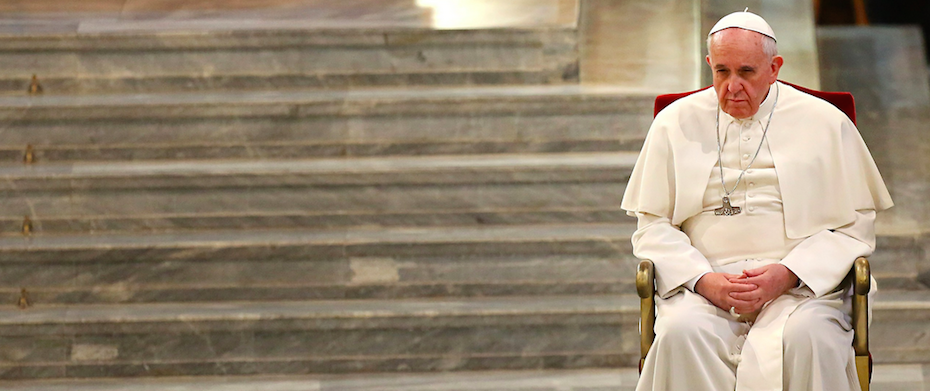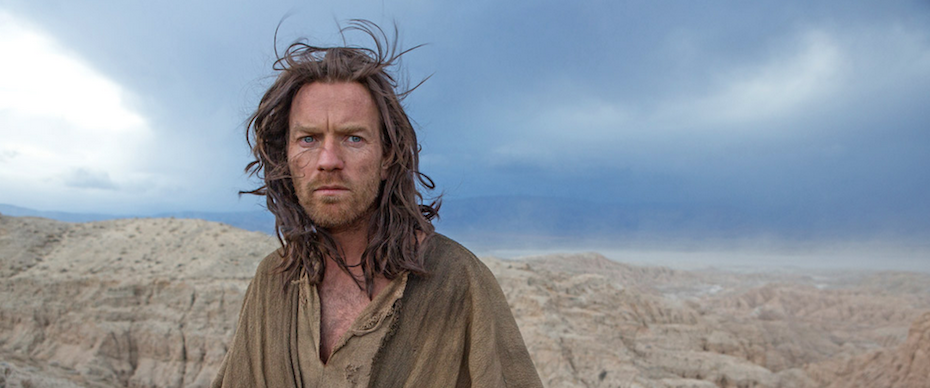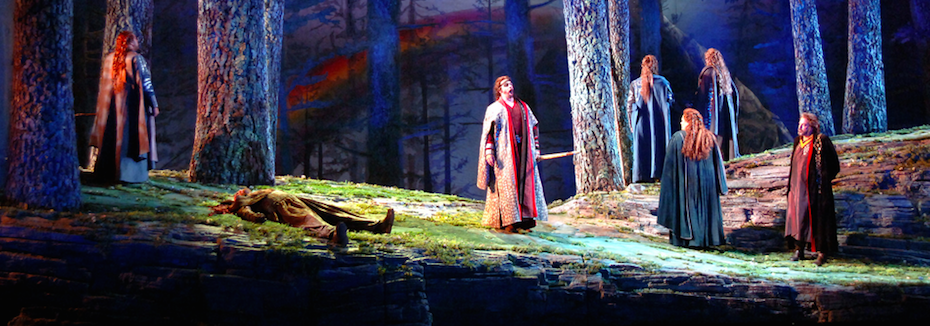There is so much good happening in the world of theology and the arts. At the end of each week, we’d like to share with you a few of the great things we’ve discovered this past week from around the internet.

Pope Francis had a few things to say this week about free speech, religious sanctity, and the responsibilities proponents of each owe each other. “I think both freedom of religion and freedom of expression are both fundamental human rights,” he said, adding that he was talking specifically about the Paris killings.
“Everyone has not only the freedom and the right but the obligation to say what he thinks for the common good … we have the right to have this freedom openly without offending,” he said. To illustrate his point, he turned to an aide and said: “It is true that you must not react violently, but although we are good friends if (he) says a curse word against my mother, he can expect a punch, it’s normal. “You can’t make a toy out of the religions of others,” he added. “These people provoke and then (something can happen). In freedom of expression there are limits.”
![]()
Islam isn’t the only religion that eschews images. What’s at the the heart of so many faith’s abhorence of images of their dieties? Writing for DW, Stefan Dege considers the issue.
This rejection of visual depictions in the history of religion protected early monotheism. All three Abrahamic religions – Judaism, Christianity and Islam – feared the wrath of God if they did not apply it. At the same time, many events occurred which undermined it.

Los Angeles Magazine has a great piece about former Brehm Scholar Olga Lah. Lah is installing a new piece for the LA Art Show. Read the article and stop by the show to check it out if you are in the area and able.
The disciplined concerns that motivate her work are counterbalanced by a rich and playful practicality, evidenced in the choice of materials and eye for color on display on pieces such as 2011’s “Burst,” an anemone-like explosion of pool noodles, which has had an unexpected second life on Pinterest as a “fun craft project.”

What did Jesus do during his forty days in the desert following his baptism? A new film premiering at Sundance imagines what could have happened. The film, Last Days in the Desert, is written and directed by Rodrigo Garcia and stars Ewan McGregor as both Jesus and Satan. Christianity Today’s Alissa WIlkinson interviewed both Garcia and McGregor in a piece published this week.
According to Christian theology, Jesus had two natures: human and divine. Movies that feature Jesus as the main character tend to emphasize one or the other… Last Days walks the line between these two, going off-book but staying true to the character. This Yeshua is confident in his identity as the son of God while also struggling and being tempted by everything that a man would find tempting.

January 12 was the feast day of Aelred of Rievaulx, the patron saint of friendship. Who was this friendly man? Read this great piece from Wesley Hill at SpiritualFriendship.org for more info.
I don’t know how you might choose to mark Aelred’s feast day today, or if you’re even comfortable marking saints’ feast days, but I’d encourage you to try something, be it small or large. I myself am planning to make a simple dinner for my housemates to give thanks for their company tonight.

What do you do when an artist’s personal beliefs and behavior are reprehensible, yet her or his work is majestic? This is the dilemma facing lovers of Wagner, a man whose anti-semitism is well established. Nathan Shields, writing for Mosaic Magazine, explores this conflict.
The Wagner question lies at the intersection of the moral and the aesthetic spheres, with the hatefulness of the composer’s polemics set against the acknowledged majesty of his work.

Finally, lest you think we’re just trying to give you more to read, here’s a thoughtful critique of “in case you missed it” culture from Mockingbird’s David Zahl.
Anyone who spent the break cleaning up their inbox or delving into their backlog of media can corroborate. The mountain top does not exist. Nor do relationships tend to benefit from the added expectations represented by all the required reading.
